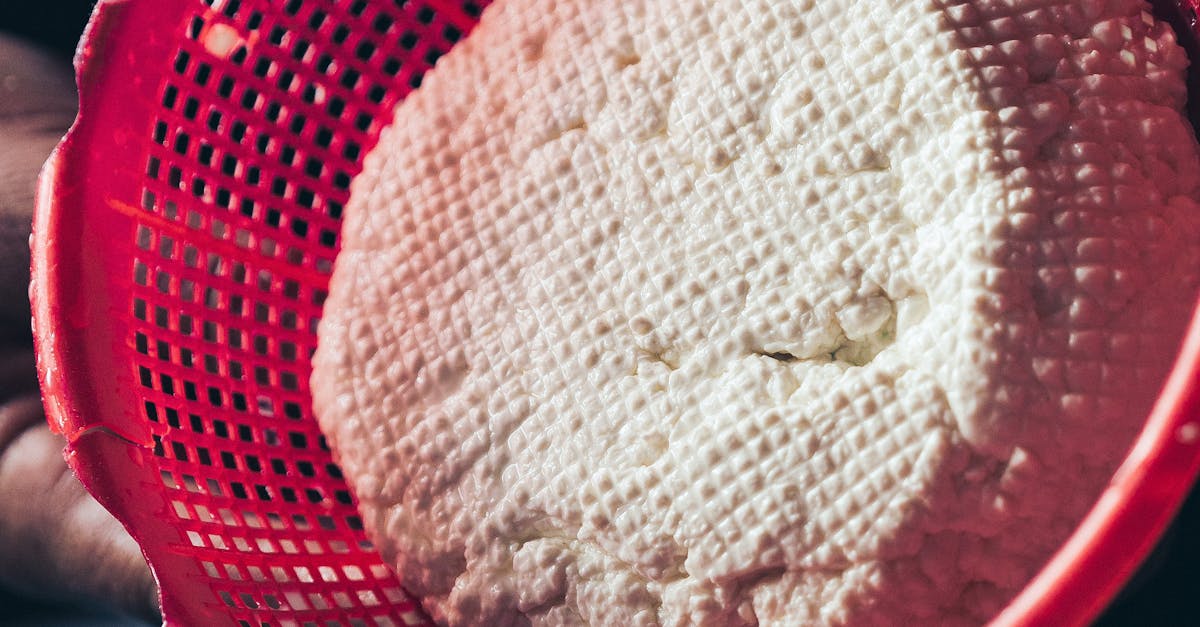Making probiotic curd at home is not only a rewarding process but also a fantastic way to boost your gut health. Probiotic curd is packed with beneficial bacteria that can aid digestion and improve overall wellness. In this guide, we will walk you through the essential ingredients and steps needed to create your own probiotic curd right in your kitchen.
| Ingredients | Quantities |
|---|---|
| Milk | 1 liter |
| Starter Culture (plain yogurt) | 2 tablespoons |
| Temperature Control | Room Temperature |
| Container | Glass or ceramic jar |
| Whisk or Spoon | 1 |
| Clean Cloth | 1 |
Milk
The primary ingredient for making probiotic curd is milk. You can use whole milk, skim milk, or any kind you prefer. Whole milk will yield creamier curd, while skim milk will produce a lighter version. The key is to ensure the milk is fresh and preferably organic to maximize health benefits. Begin by boiling the milk and then allowing it to cool to a lukewarm temperature before proceeding to the next step.

Starter Culture (plain yogurt)
Your starter culture is crucial as it contains live beneficial bacteria that ferment the milk into curd. You can use store-bought plain yogurt with live cultures or a small amount of previously made probiotic curd. Make sure to choose a yogurt without added sugars or flavors. Stir in about two tablespoons of the starter culture into the cooled milk, ensuring it is well incorporated.

Temperature Control
<pMaintaining the right temperature is essential for the fermentation process. Ideal temperatures range between 100°F to 110°F (37°C to 43°C). If your kitchen is cool, you might consider wrapping the container in a warm blanket or placing it in a warm spot, such as near a heater or in an oven with the light on. The fermentation process usually takes about 6 to 12 hours, depending on the temperature and desired tartness.
Container
<pChoosing the right container for your curd is vital. Glass or ceramic jars are the best options, as they do not react with the milk and allow for even fermentation. Avoid using plastic containers, as they can harbor unwanted bacteria and may not maintain the necessary temperature. Ensure your container is clean and sanitized to avoid contamination.
Whisk or Spoon
<pA whisk or spoon will be needed to mix the starter culture into the milk thoroughly. This step is crucial as it ensures that the beneficial bacteria are evenly distributed throughout the milk. After mixing, you can cover the container with a clean cloth to keep out dust and other contaminants while allowing airflow, which is beneficial for the fermentation process.
Clean Cloth
<pA clean cloth is essential for covering your curd during fermentation. It helps to keep the mixture warm and protects it from any external pollutants. Make sure to use a breathable material that can allow the mixture to "breathe" while keeping out any dust or insects. After the fermentation period, you can remove the cloth and check your curd for consistency and taste.
FAQs
Can I use any type of milk to make probiotic curd?
Yes, you can use any type of milk, including whole, skim, or even non-dairy alternatives like almond or soy milk. However, the texture and flavor may vary based on the milk used. Whole milk typically yields creamier curd, while skim milk results in a lighter consistency.
How long does it take to make probiotic curd?
The fermentation process usually takes between 6 to 12 hours, depending on the temperature and the desired tartness of the curd. Warmer temperatures will speed up the fermentation process, while cooler temperatures will slow it down.
What can I do if my curd doesn’t set?
If your curd doesn’t set, it could be due to insufficient temperature or not enough starter culture. Make sure your milk is at the right temperature and that you’re using a quality starter with live cultures. You can try moving the container to a warmer spot or increasing the amount of starter culture used.
How should I store homemade probiotic curd?
Once your curd is set, transfer it to the refrigerator to slow down the fermentation process. Homemade curd can last for about 1-2 weeks in the fridge. Ensure it is stored in a clean, airtight container to maintain freshness.
For more detailed information on probiotics and their health benefits, you can refer to trusted sources such as the [National Center for Complementary and Integrative Health](https://nccih.nih.gov) and the [Food and Drug Administration](https://www.fda.gov).
